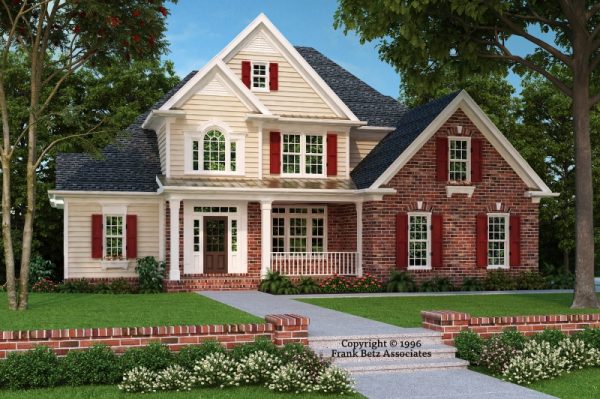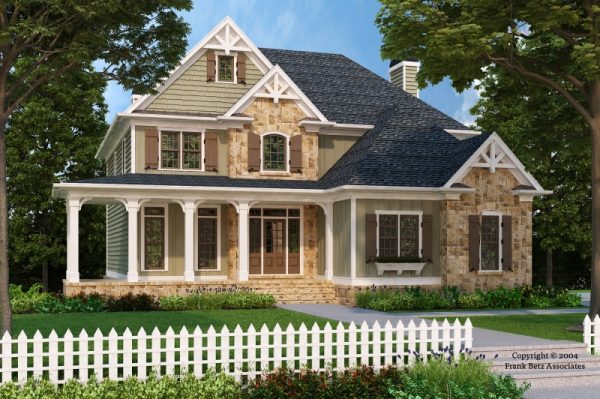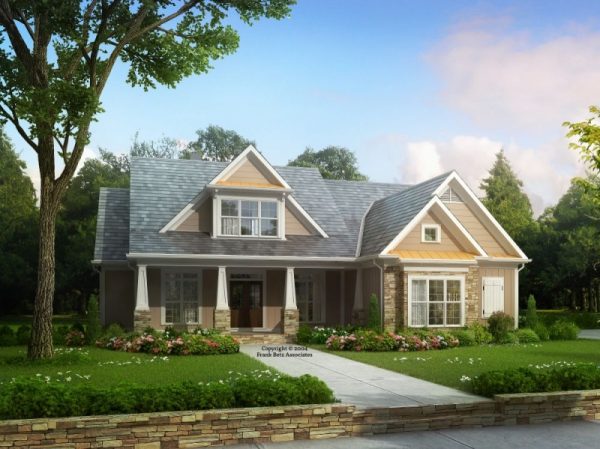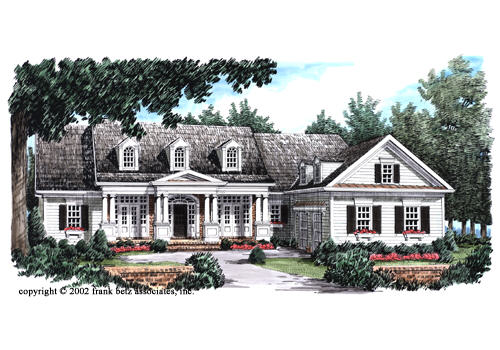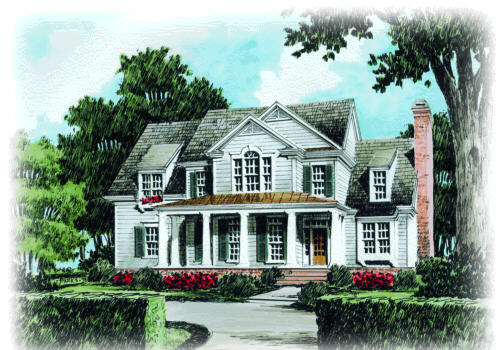Building a new home can be an appealing and exciting experience. Yet, if it is the first time, few people really know how much work is involved. Not to mention an accurate estimate of the cost. Variable costs that include architectural fees, permit fees, construction costs and the builder’s fee and land costs all need to be considered to formulate the final price tag and to protect your budget.
Before the first nail is driven, you will need to have a good set of architectural drawings. This usually involves hiring an architect or residential designer. The architect or designer will work with the customer to design the home, produce construction documents, aid and assist with product selection and sometimes manage or monitor the construction of the home. Typically, an architect will cost between $7,500 and $30,000. He or she may also charge a percentage of the construction costs or base their fees on a price per square foot. As an alternative, there are many quality pre-designed house plans available through various media outlets by very talented architects and designers.
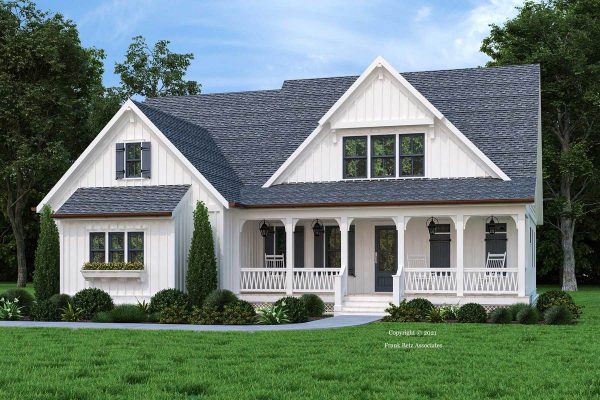
Land is another major cost consideration. As the population increases in major cities, so has the cost of building lots. In the U.S., a buildable lot averages $85,000.00. This number includes survey and financing costs.
Once the lot is secured, the homeowner needs to factor the builder’s fee. Typically, the builder will charge a 10% to 20 % fee. Though this fee might seem excessive, hiring a builder saves both time and money and minimizes waste. Builders can bring valuable expertise in land selection, preparation of your lot, the construction process, obtaining financing and appropriate material selection. They also bring much needed experience to navigating the complicated permitting and inspection process.
Next on the list, is materials. Steel prices have increased significantly over the past years: from May 2017 to December 2017, the global steel price has almost doubled. Future prices are predicted to continue growing, considering the recent 25% tariff imposed on steel imports. Costs like drywall average $11,000 while a typical roof goes for $10,000. Other hard material costs that effect framing, and flooring have become costly as well. The choice of exterior finishes such as brick, siding or stucco also have a major effect on the final home price. And let’s not forget about the cost of appliances, cabinets, countertops, windows, doors, interior trim and plumbing and lighting fixtures.
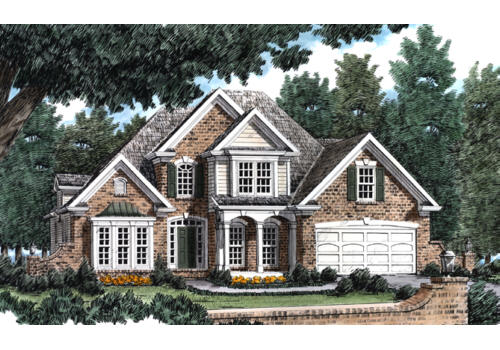
With the recent uptick in the U.S. economy, new home building has increased and this has made labor harder to come by. Skilled labor is needed to prepare the lot for building, pouring foundations, framing, flooring, roofing, plumbing, electrical, HVAC, insulation, drywall, interior trim, painting, lighting, and much more. With demand for this skilled labor, up, so is the cost.
And before you put your pencil down, you’ll also need to figure in landscaping materials, outdoor structures like carports, sheds or barns, decks and porches, patios and the driveway. These and other exterior accessories can quickly add up and exceed your budget if not accounted for in the beginning.
Taking all this into account, the national average for the overall cost of a 2,000 square foot home is around $285,900.00. A typical low price will be approximately $74/square foot to a high price average of $360/square foot depending on location and materials used. Since building a new home may be the purchase of a lifetime, much preparation and planning should go into the cost considerations. Knowing all the variables up front will make the whole building process run more smoothly and successfully.
